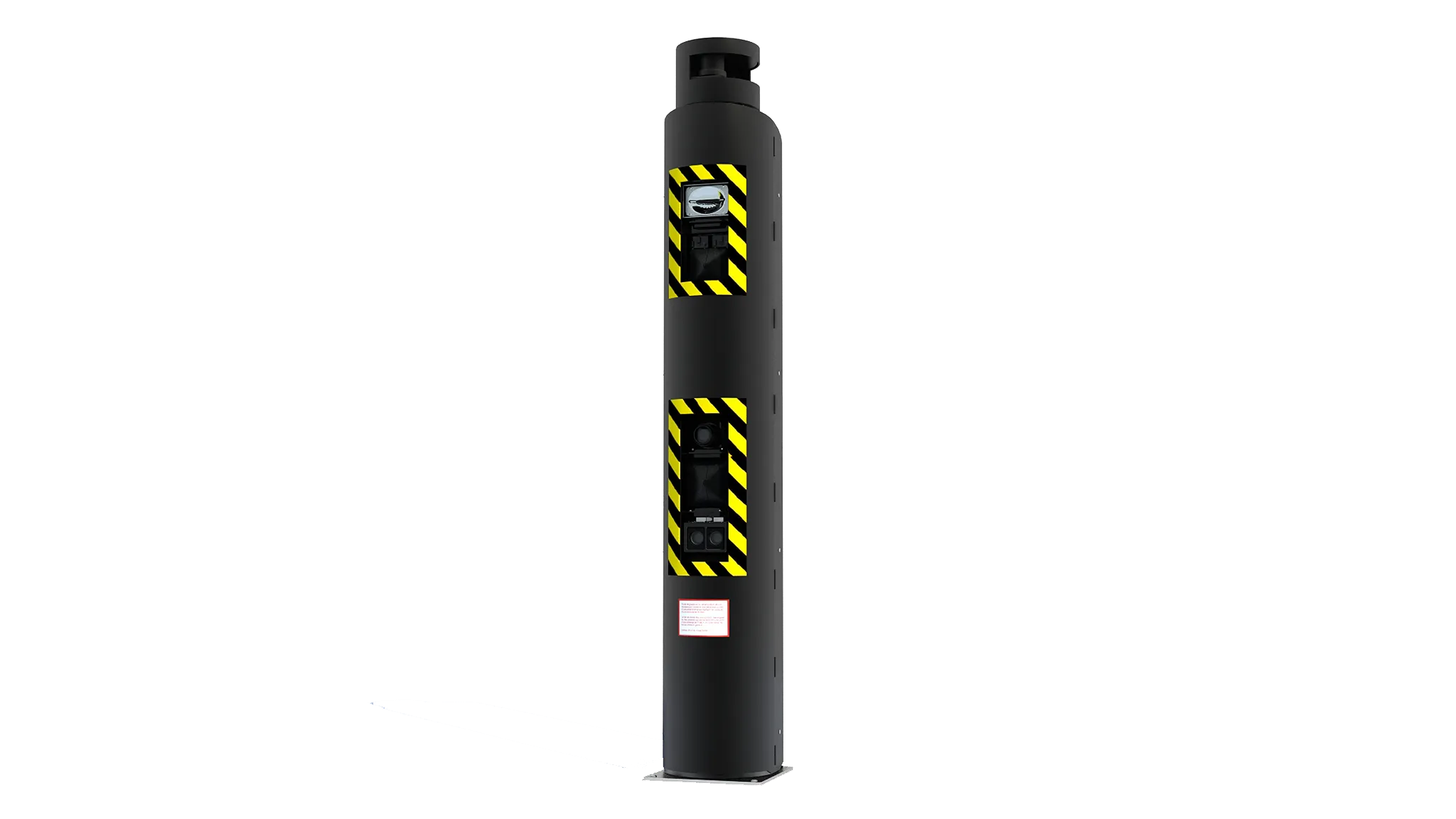Imagsa’s latest Atalaya automatic number plate recognition (ANPR) camera is more flexible and has more processing power, thanks to the company’s proprietary FPGA processor coupled to a CMOS sensor which allows the camera to operate at 270 frames per second. Although Imagsa say this isn’t necessarily needed for ANPR, the camera works under any conditions and at this frame rate can accurately detect a vehicle ten times in three metres at speeds of up to 250 km/h, even in heavy rain or in direct sunlight.
November 22, 2012
Read time: 2 mins
Although Imagsa say this isn’t necessarily needed for ANPR, the camera works under any conditions and at this frame rate can accurately detect a vehicle ten times in three metres at speeds of up to 250 km/h, even in heavy rain or in direct sunlight. By using multi-exposure and changing exposure times to enhance the area of interest, accurate OCR images are obtained, giving a 99 per cent detection rate.
With appropriate software, Atalaya is suitable for a range of applications, including spot speed detection, point to point or average speed enforcement, access control, red light violation and vehicle classification for free flow tolling.










